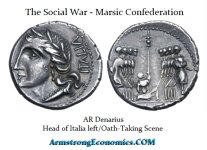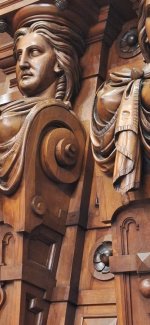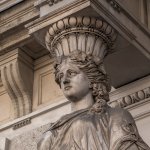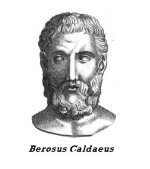I was just reading the OP here. This is a bit tangential, but I wanted to point something out. Either here or the old site, I think there was a thread about some old American coins and stuff where the people on the coins had a particular profile where the forehead shoots straight into the bridge of the nose, with no indentation. Whoever had made that thread was saying something about 'What sort of people were these? Why don't we see people like this now? Was this some kind of stylized representation?' It has always stuck in my head. I have actually seen about three people in real life that actually look like this subsequent to reading that thread. Anyway, the drawing of Massinnissa in the original post here has that same unusual facial profile. Not sure what to make of it. Just wanted to point it out.

KD: Made this into a separate topic of discussion.
KD: Made this into a separate topic of discussion.






